Do Not Resuscitate /
Urban Exploration Photography
D.N.R

Structure
A large gothic, stone complex opened
on 8 October 1888.
The hospital was designed on the broad arrow plan by architect J. Vickers Edwards. The 300 acre (1.2 km²) estate on which the asylum was built was purchased by the West Riding Justices for £18,000 in 1885 and the large gothic complex of stone buildings was formally opened on 8 October 1888.
The administration building, which is Grade II listed, features an Italian mosaic floor in the main corridor which is intricately decorated with the Yorkshire Rose and black daisies - the latter of which provided inspiration for the title of Black Daisies a television screenplay, filmed at High Royds, which took as its subject the experiences of sufferers of Alzheimers disease.
High Royds, Psychiatric Hospital 1888 - 2003 - After years of construction the new Asylum was to take in her first 30 female inmates on the 8th October 1888, all transfers from the overcrowded Wadsley Asylum, Sheffield.Elizabeth Johnson was first woman to enter the Asylum in October 1888, She died on February the 15th 1904 and was laid to rest in Row 5 Grave 13 of the asylum cemetery Buckle Lane.Elizabeth had been transferred along with 29 other inmates from the West Riding Pauper Lunatic Asylum, Wadsley, Sheffield, on the 8th of October 1888.The first 61 admissions were all female. It would be November before the Male patients began to arrive, again transfers from Wadsley.Like the women, many had already spent considerable time in the West Riding Asylums prior to arriving at Menston and were in the main wretched and worn out. The majority of them destined to live out their years in the asylum receiving Palliative Care.
The first man in the asylumAdmission number 62Charles Pett, aged 39Occupation: Clerk or MessengerChargeable to Bradford.Admitted on the 7th day of November 1888.
Back in those days the hospital was known as the West Riding Pauper Lunatic Asylum, Menston. By the 1920's she became Menston, Mental Hospital before eventually gaining the title 'High Royds Psychiatric Hospital' in 1963.When ultimate closure came in 2003, she was one of the last surviving hospitals of her kind to be still functioning.Quite possibly the most magnificent example of Vickers Edwards architecture, the hospital could certainly stake a claim to be the finest example of the broad arrow corridor system.At one time the complex included a library, surgery, dispensary, ballroom, butchers,dairies, bakers, even it's own linked railway. The addition by the 1930s of a sweetshop, cobblers, upholsterer and tailors completed what was really in effect a self contained village for the apparent insane..Revered by many, the location has been used for media productions such as the film ‘Asylum’, and TV series, Bodies and No Angels, amongst others. David Dimbleby deemed the structure of such merit to feature in his BBC documentary series How We Built Britain.
In its final years of operation, High Royds had become outdated and unsuited to modern psychiatric practice. This was acknowledged by the chief executive of Leeds Mental Health in 1999 after complaints from consultants about violence and cramped conditions on the wards. As part of Leeds Mental Health's £47 million reprovision process it was closed, with the wards being relocated to various community mental health units within the city of Leeds in the three years leading up to its closure. These include the Becklin Centre in St James' Hospital and the Mount in the city centre. The hospital was closed in stages between 25 February 2003 and June of the same year.
As of 2011, the site was being redeveloped as a new village, also called High Royds, retaining some features of the hospital such as the ballroom and the clock tower.
info from
&
Wiki
High Royds Hospital.
Information
